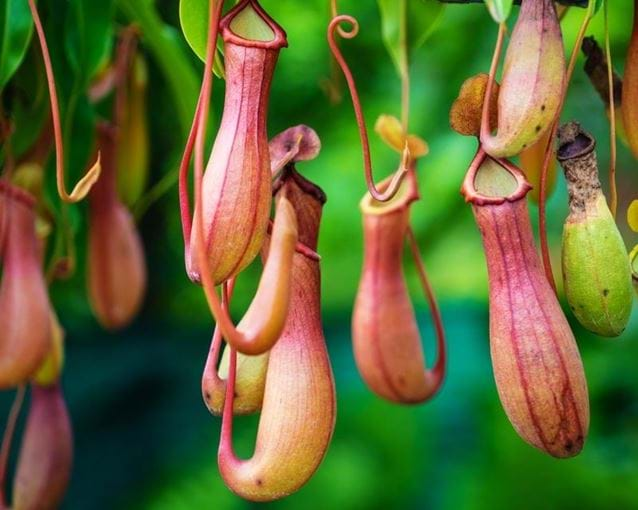pitcher plant care australia
18-27 C Read the care tag however as some varieties prefer very warm nights while others need cooler nighttime temps between 45 and 65 F. In such cases refill only when the water dries up.

Nepenthes Tropical Pitcher Plant Care Growing Information Carnivorous Plant Care
For pitcher plants you can keep a good amount of water in the tray.
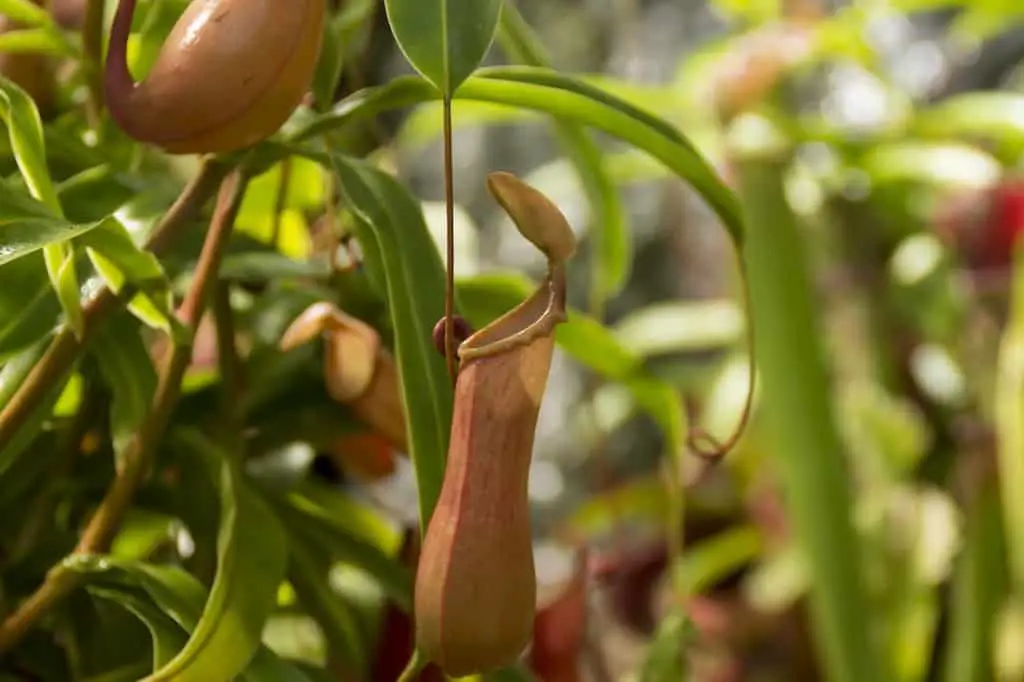
. Care of Pitcher Plants. What temperatures do Tropical Pitcher plants need. They are truly wonderful.
Australian Pitcher Plant needs 08 cups of water every 7 days when it doesnt get direct sunlight and is potted in a 50 pot. In winter move your plant to a cool spot with the maximum temperature of 68 degrees. Water 08 cups every.
For other carnivorous plants the water level in the tray should be low so that it does not cover more than half-an-inch of the pot. Drosera adelae is a cool tropical thriving at temperatures between 50-80FOptimum temperatures are from 55-65F. Caring for pitcher plants is minimal.
This is a sun-loving plant and it just cant get enough of it. Your tap water is likely to contain too much of dissolved solidsminerals and saltsthat may kill a Cephalotus possibly within weeks. If growing in a 4-inch pot like we ship our plants in we recommend keeping the pot in a tray of water that is about ½ to ¾ of an inch deep.
Exposure to direct sunlight helps the plant to grow vigorously and attain beautiful coloration while those plants cultivated in the shade tend to remain green. You can raise the Western Australian Pitcher Plant as you would grow any other subtropical plant. They produce too much heat and the wrong type of light spectrum.
You can grow Tropical Pitcher plants in different soil mixes. The best temperature for pitcher plants that are grown inside is between 60 and 70 F. Do not let it freeze or get exposed to very hot sunny conditions.
Keep the plant away from heating devices. The carnivorous plant is known as a monkey cup because monkeys have been seen drinking water from them in rainforests as monkey cup vines produce a leaf called a pitcher which according to Hungry Plants can sometimes be big enough to hold. 10 - 20cm H.
Most people grow pitcher plants in a greenhouse environment or in a terrarium. In general they like humidity levels of 60 or more. The beautiful coloring of the pitcher plant will be much more intense if the plant receives at least a couple hours of bright full sunlight each day but will also grow reasonably well in partial shade.
Pitcher Plant Care Guide Light. Cephalotus follicularis likes a humid environment. The water level in the tray can be deep enough to immerse half of the pot.
It is a curious pitcher plant of compact growth with bristly colorful traps that are seemingly yawning for a bite to eat. Temperature Indoor pitcher plant care generally requires warm temperatures between 65 and 80 F. Pitcher plants thrive in full sun to light shade.
They will tolerate lower humidity levels but it can cause them to stop making pitchers. Take care when the plant is at rest in the winter period that it is placed in a cool but light spot. Use our water calculator to personalize watering recommendations to your environment or download Greg for more advanced recommendations for all of your plants.
In summer the plant can be stood in a saucer filled with water but in winter the soil has to be kept moist. The ideal temperature in winter is between 5 - 15 Celsius 41 - 59 F. Provide a humidity level of 60 or higher.
Keep the light source approximately 8 inches above the plant. During the growing season April to October your Pitcher Plant must get full sun or at the bare minimum very bright light for the pitchers to form and properly developSouth facing windows with full exposure would be this plants first and prime choice. Give this species filtered sun.
Even incandescent grow-lights are inappropriate for carnivorous plants. These species are usually easier to grow and thrive between 75-90 F. The plants grow naturally only in a narrow coastal strip in extreme southwestern Australia.
The monkey cup plant is found is tropical areas such as Borneo Sumatra and Malaysia. Remember however that you can realize larger pitchers if you allow for dormancy. Indoor Pitcher Plants usually prefer warm temperatures between 65 and 80 F.
The Nepenthes Pitcher plant or Monkey Cups is a part of the family Nepenthaceae or Old World Pitcher plants. They are found in a variety of environments naturally existing in only a few places geographically Madagascar Australia and Southeast Asia. Indoor plants should be fertilized at the start of the growing season with a good orchid food and every month until fall.
Highland species like Nepenthes Villosa require cooler nights around 55-60 F whereas Lowland species require warmer temperatures reaching up to 95 F. Once a year a mature plant might need a pick-me-up feed with diluted orchid feed. To make your own soil mix orchid bark perlite and chopped Sphagnum moss or orchid mix.
What Temperature Works Best for Nepenthes Plants. Add 1 part of each equal parts and mix. Use only rainwater distilled water or reverse osmosis water.
Nepenthes come from tropical climates so humidity is essential for them. Mist them regularly to keep them happy water often but dont let them get soggy. Avoid using incandescent bulbs.
Often a damaged plant will regrow from the roots which also form plants as the original plant ages. Loves it humid and warm definitely above 10C at night. These individuals are identified for their pitchers which is technically the middle part of the leaf that has become.
If there is no sunlight and generally in winter use plant growing light or fluorescent bulbs to provide light. The optimal temperatures will depend if you have Highland or Lowland Nepenthes. Mist the plant few times a week to increase humidity levels slightly.
The light should be on for 14 hours during spring and summer and 12 hours during fall and winter. Lowlanders prefer a steady humidity level. Australian Pitcher Plants Cephalotus follicularis The Australian Pitcher Plant Cephalotus is one of the most desired carnivorous plants in cultivation.
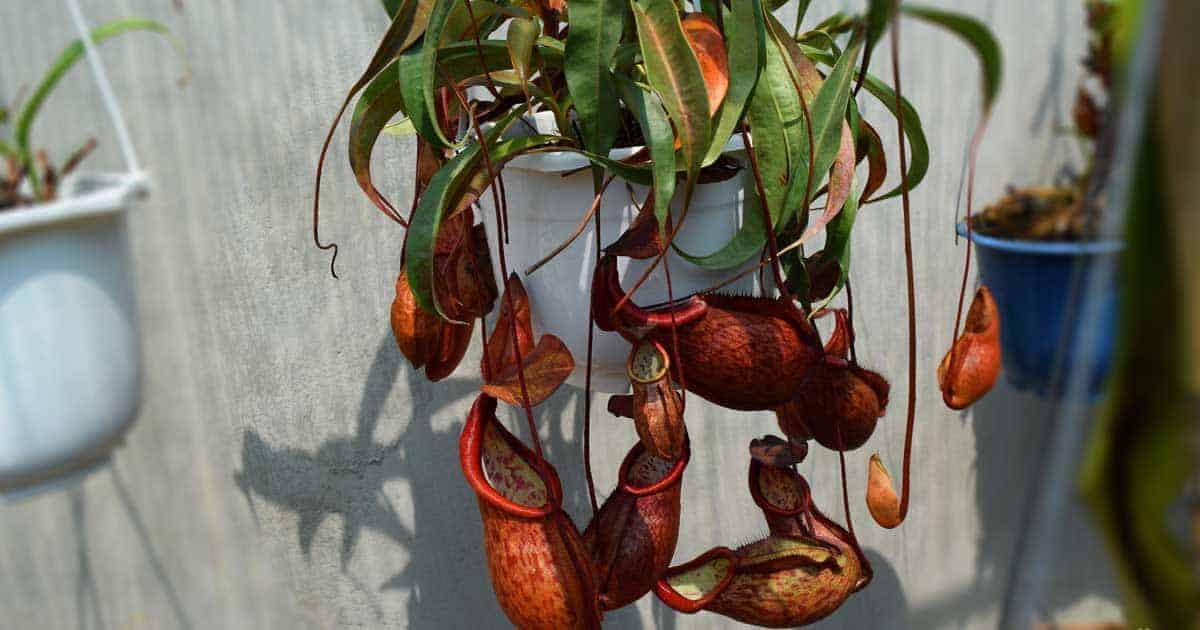
Pitcher Plant Care Learn To Grow The Carnivorous Nepenthes

Nepenthes Pitcher Plant Care Learn How To Grow And Care Carnivorous Plants Plantopedia

Nepenthes Tropical Pitcher Plant Plant Profile Oxley Nursery Brisbane

How To Care For A Hanging Pitcher Plant A Complete Guide Carnivorous Plants Tips

The Full Guide On Tropical Pitcher Plant Nepenthes Care
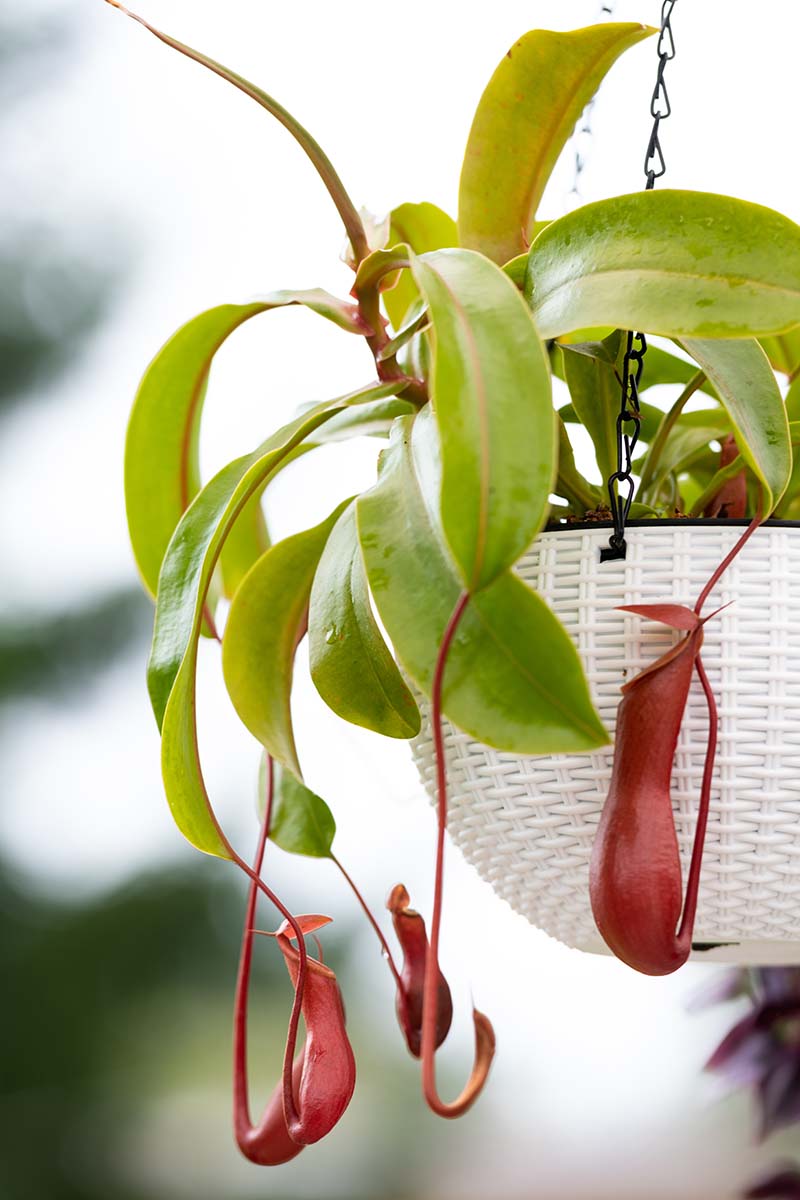
How To Grow Tropical Nepenthes Pitcher Plants Indoors Gardener S Path

Hanging Pitcher Plants How To Grow A Pitcher Plant In A Hanging Basket

Nepenthes Tropical Pitcher Plant Care Growing Information Carnivorous Plant Care
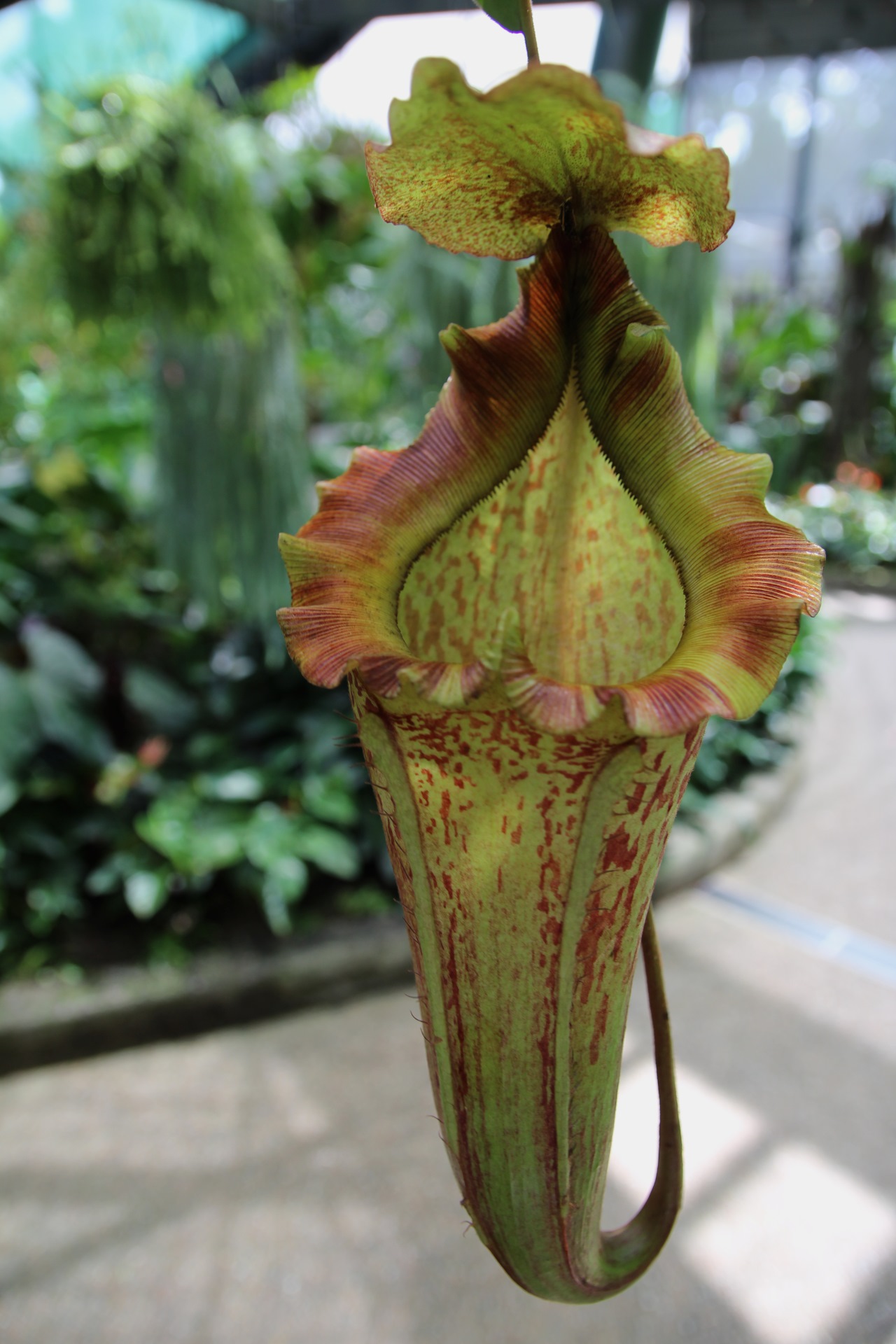
Nepenthes Tropical Pitcher Plant Plant Profile Oxley Nursery Brisbane

How To Grow And Care For Pitcher Plants Bunnings Australia

How To Grow And Care For Pitcher Plants At Home Petal Republic

Sarracenia Minor Hooded Pitcher Plant
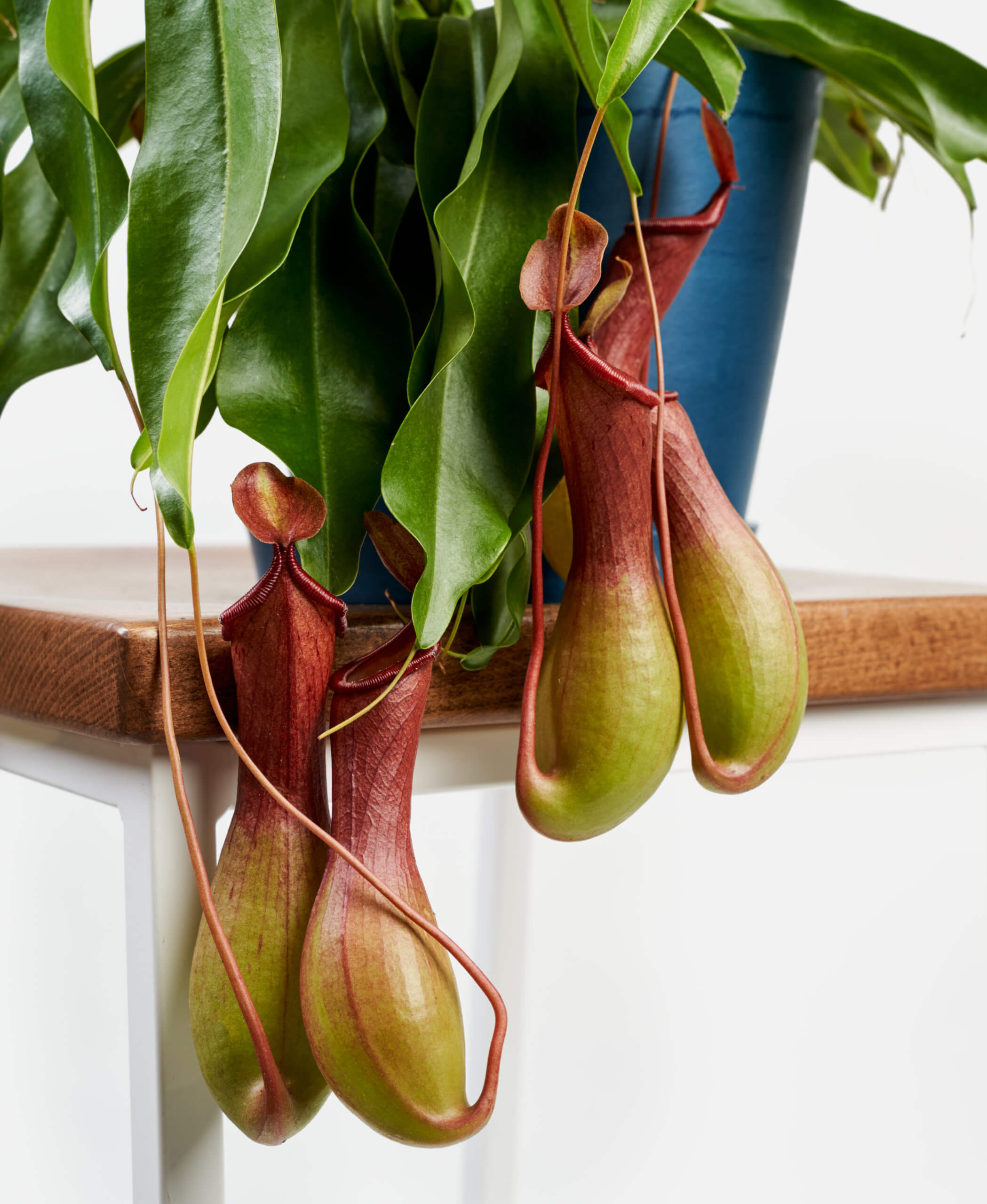
Carnivorous Plants 101 How To Care For Carnivorous Plants

Carnivorous Plants Flower Power

How To Grow Pitcher Plants Sarracenia Outdoors Gardener S Path
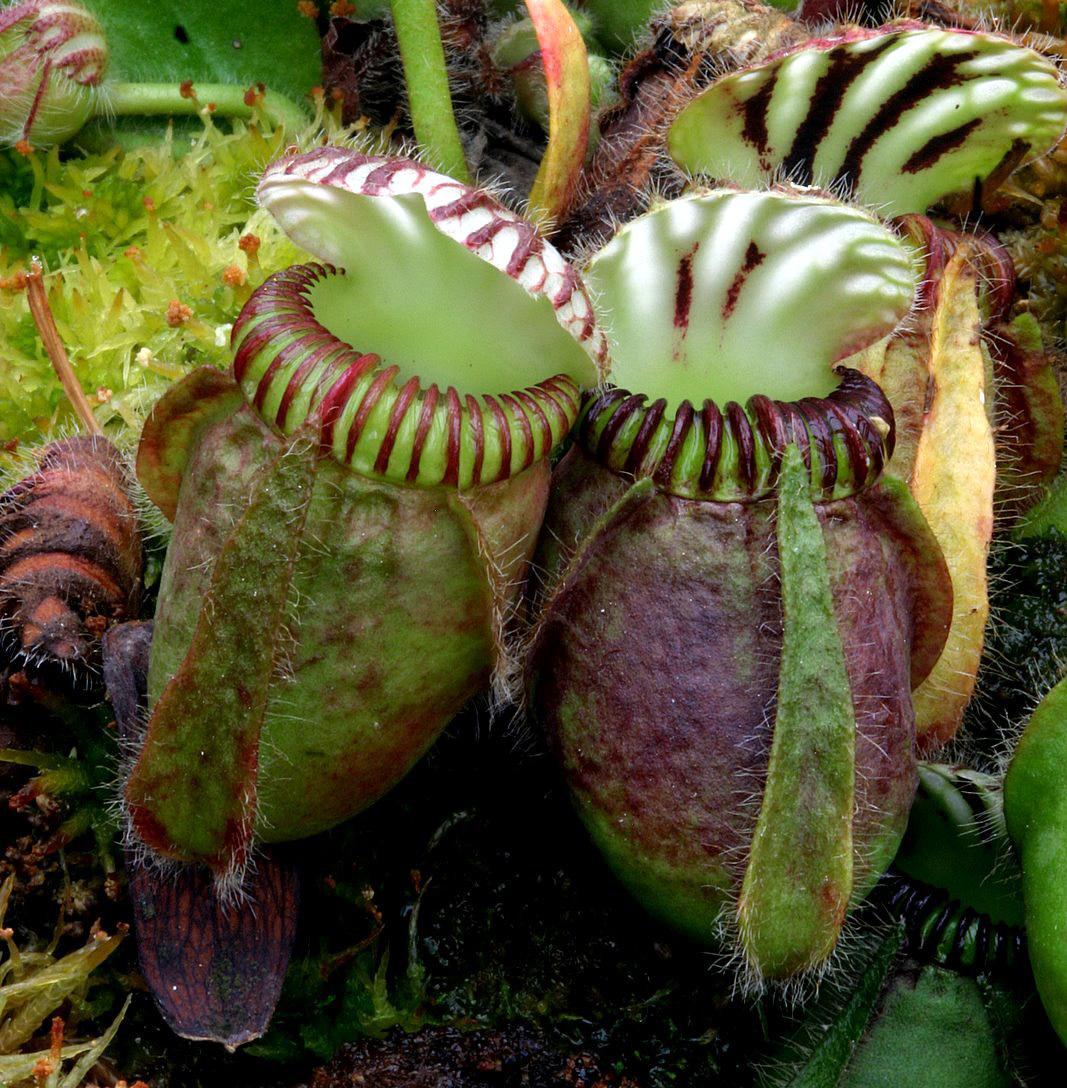
Cephalotus Follicularis Flytrapcare Com
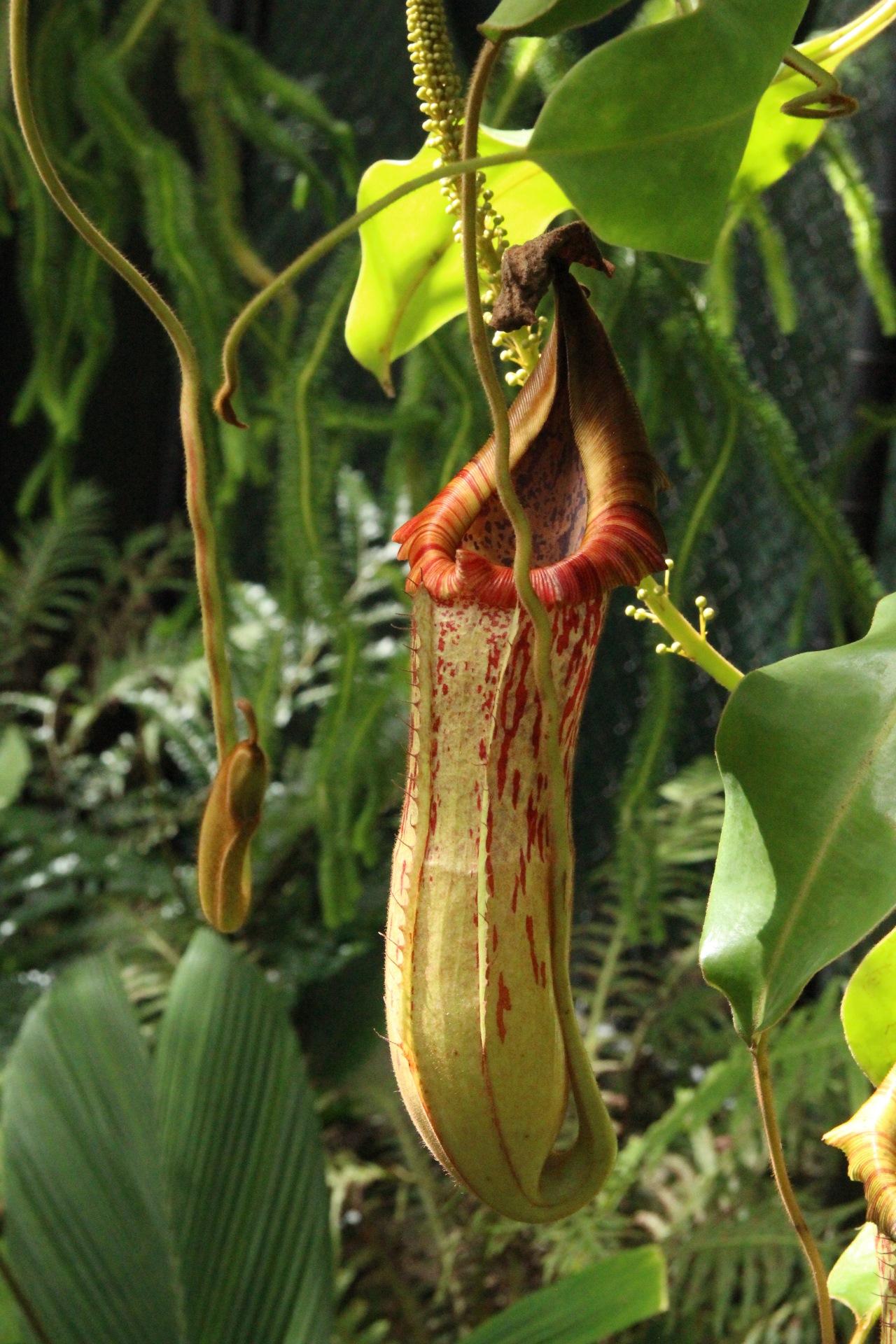
Nepenthes Tropical Pitcher Plant Plant Profile Oxley Nursery Brisbane
